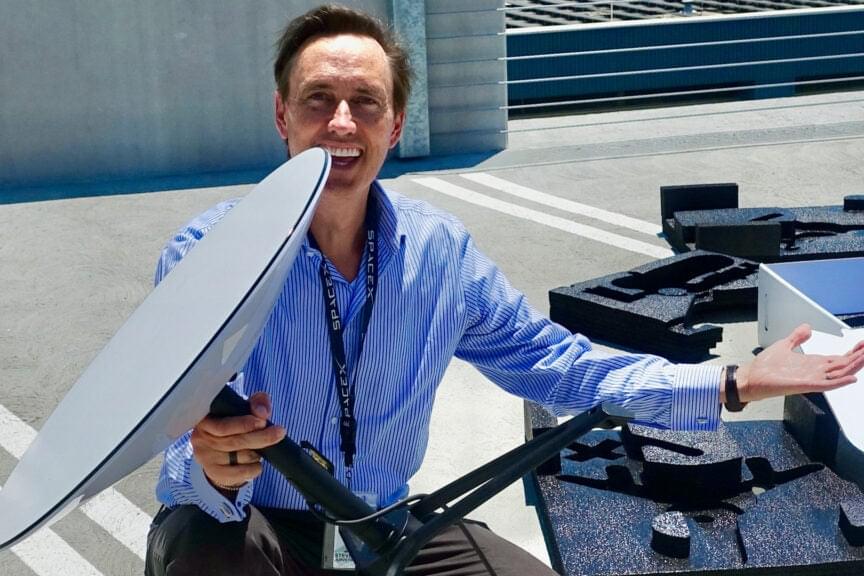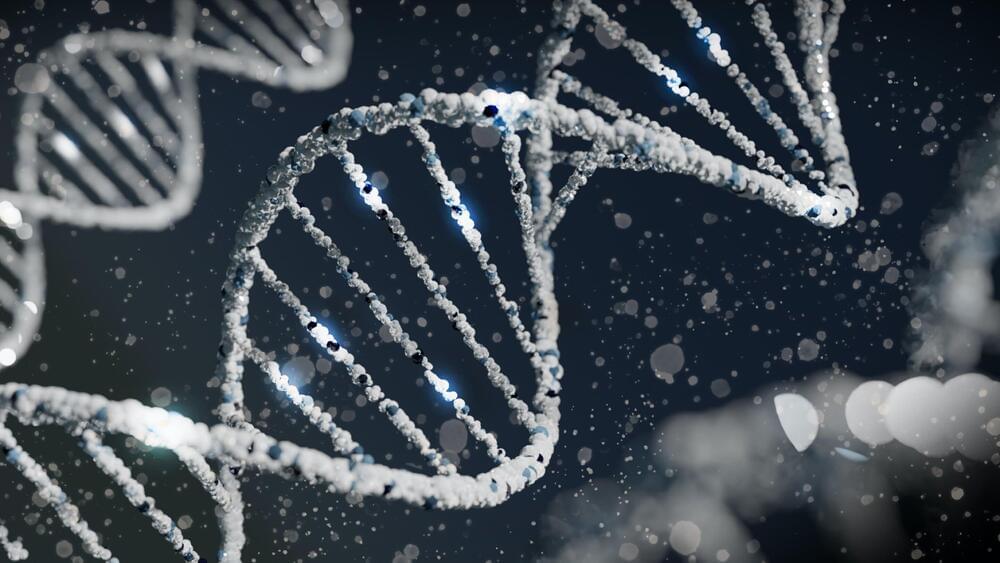Meanwhile, strange noises emanate from Starliner.
US company Radian Aerospace is attempting to build a “single stage to orbit” vehicle, launched from a sled. But can it be done?
This week Brits will be able to see Saturn as enters opposition, find out how and when and stargazing tips.
A specially coated foil removed more than 99% of E. coli bacteria from water in laboratory tests.
SpaceX CEO Elon Musk said on Saturday that T-Mobile US Inc. TMUS subscribers in the U.S. will get direct to mobile phone internet with the help of Starlink satellites first and other telecom service providers later.
What Happened: “Starlink direct to mobile phone Internet is exclusively with Tmobile in the US for the first year, then other carriers thereafter,” Musk wrote on X. “We are starting off working with one carrier in each country, but ultimately hope to serve all carriers.”
Musk’s comment comes on the heels of SpaceX launching 26 Starlink satellites with direct-to-cell capabilities to low-Earth orbit on Saturday.
Researchers have developed a new magnet-based memory device using helical magnets, promising high-density, non-volatile storage without magnetic field crosstalk.
This breakthrough offers a sustainable solution to current challenges in information storage, with potential for large-scale integration and high durability.
A team of scientists has proposed a new concept for magnet-based memory devices, which might revolutionize information storage devices owing to their potential for large-scale integration, non-volatility, and high durability.
The report suggests that Broadcom or Marvell will design the chip, but Apple might be a partner, too.
Last week, OpenAI published the GPT-4o “scorecard,” a report that details “key areas of risk” for the company’s latest large language model, and how they hope to mitigate them.
In one terrifying instance, OpenAI found that the model’s Advanced Voice Mode — which allows users to speak with ChatGPT — unexpectedly imitated users’ voices without their permission, Ars Technica reports.
“Voice generation can also occur in non-adversarial situations, such as our use of that ability to generate voices for ChatGPT’s advanced voice mode,” OpenAI wrote in its documentation. “During testing, we also observed rare instances where the model would unintentionally generate an output emulating the user’s voice.”
Alternative splicing is a genetic process where different segments of genes are removed, and the remaining pieces are joined together during transcription to messenger RNA (mRNA). This mechanism increases the diversity of proteins that can be generated from genes, by assembling sections of genetic code into different combinations. This is believed to enhance biological complexity by allowing genes to produce different versions of proteins, or protein isoforms, for many different uses.
Watch a cozy city full of miniature people grow right in your living room in Wall Town Wonders, an upcoming mixed reality game by Cyborn.
Help tiny characters expand their world by completing quests and mini-games in the game’s detailed environments and interact with your new neighbors like never before using your hands. You can “touch” the objects and even guide a virtual plane.









